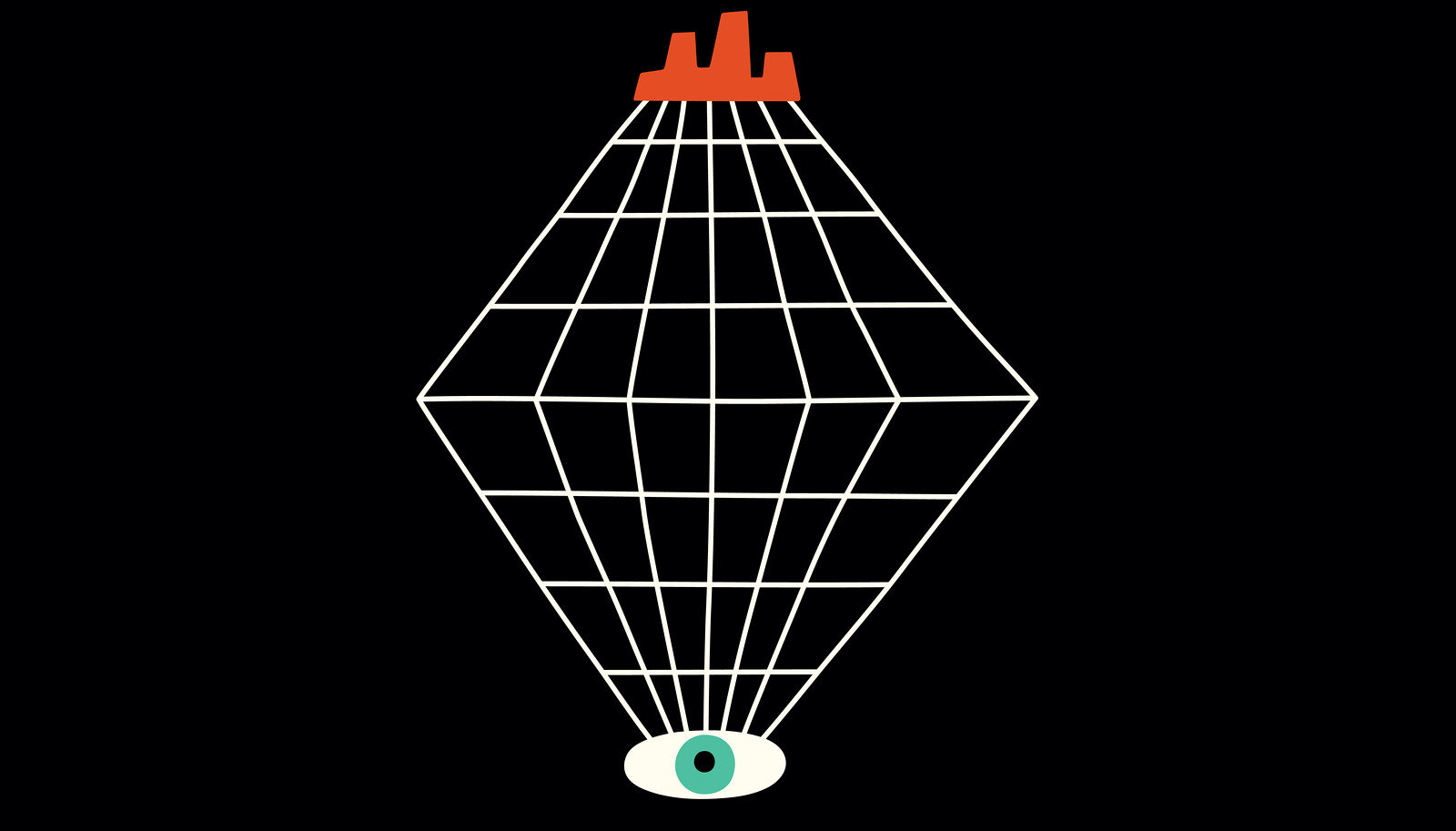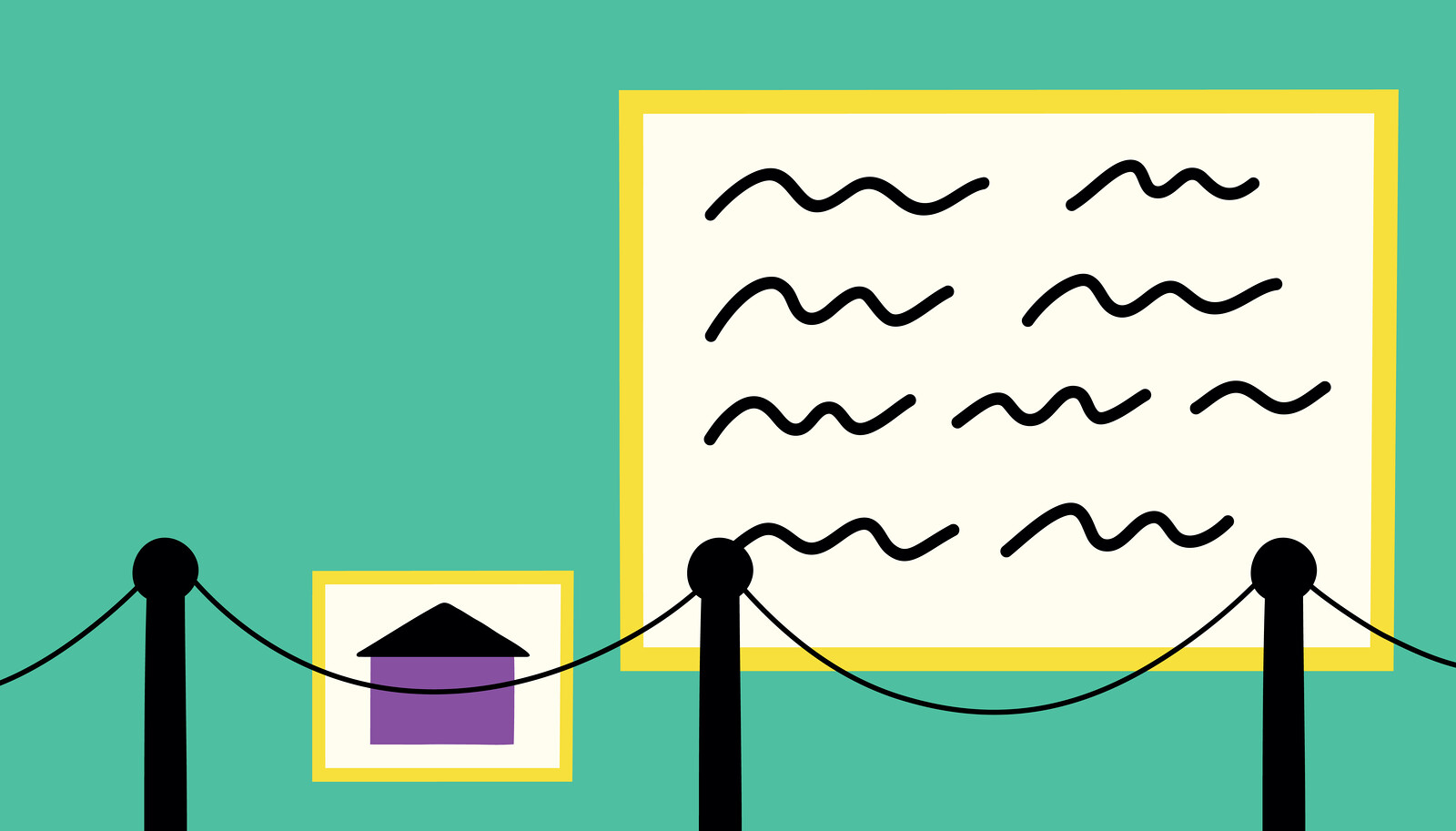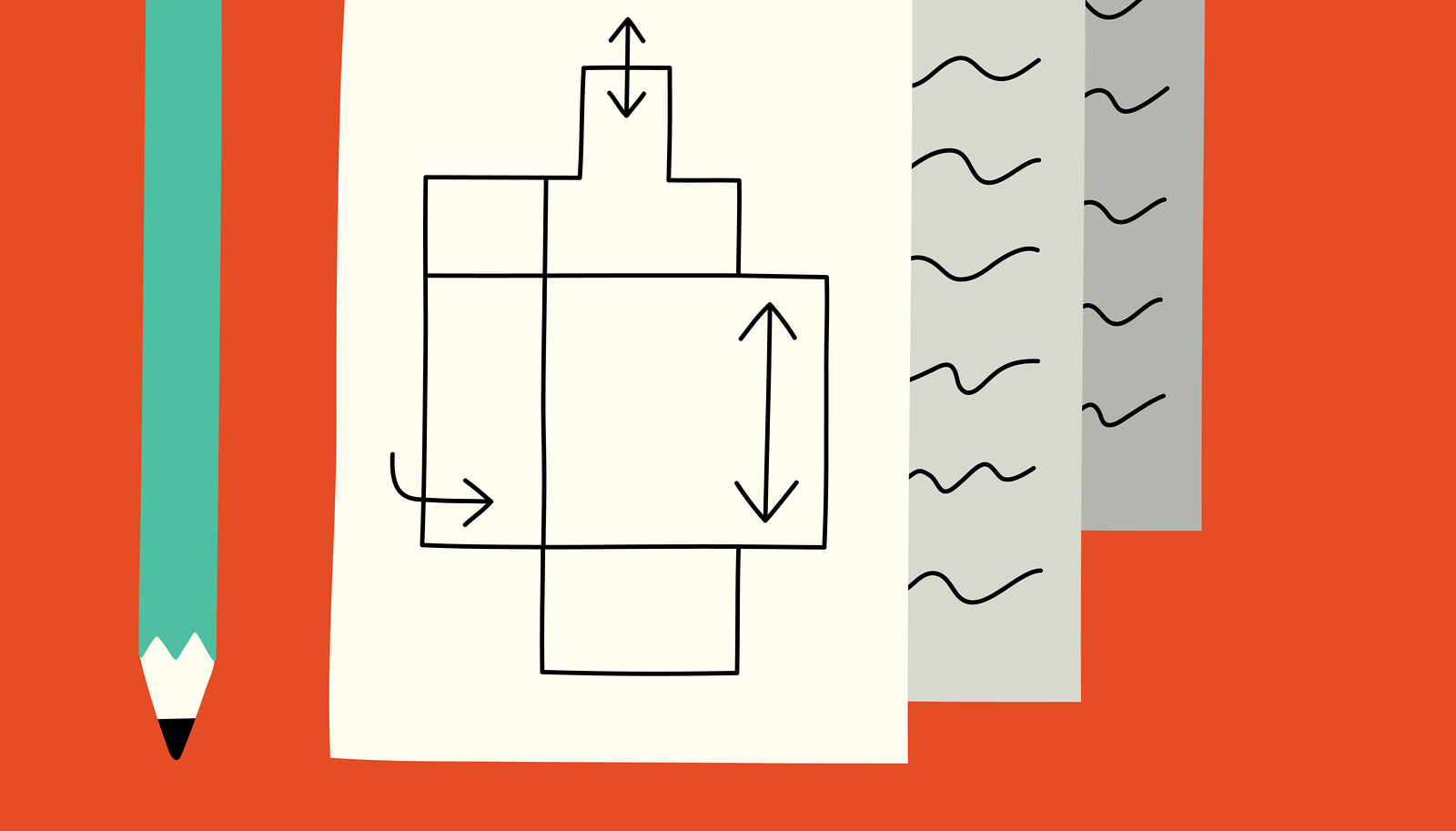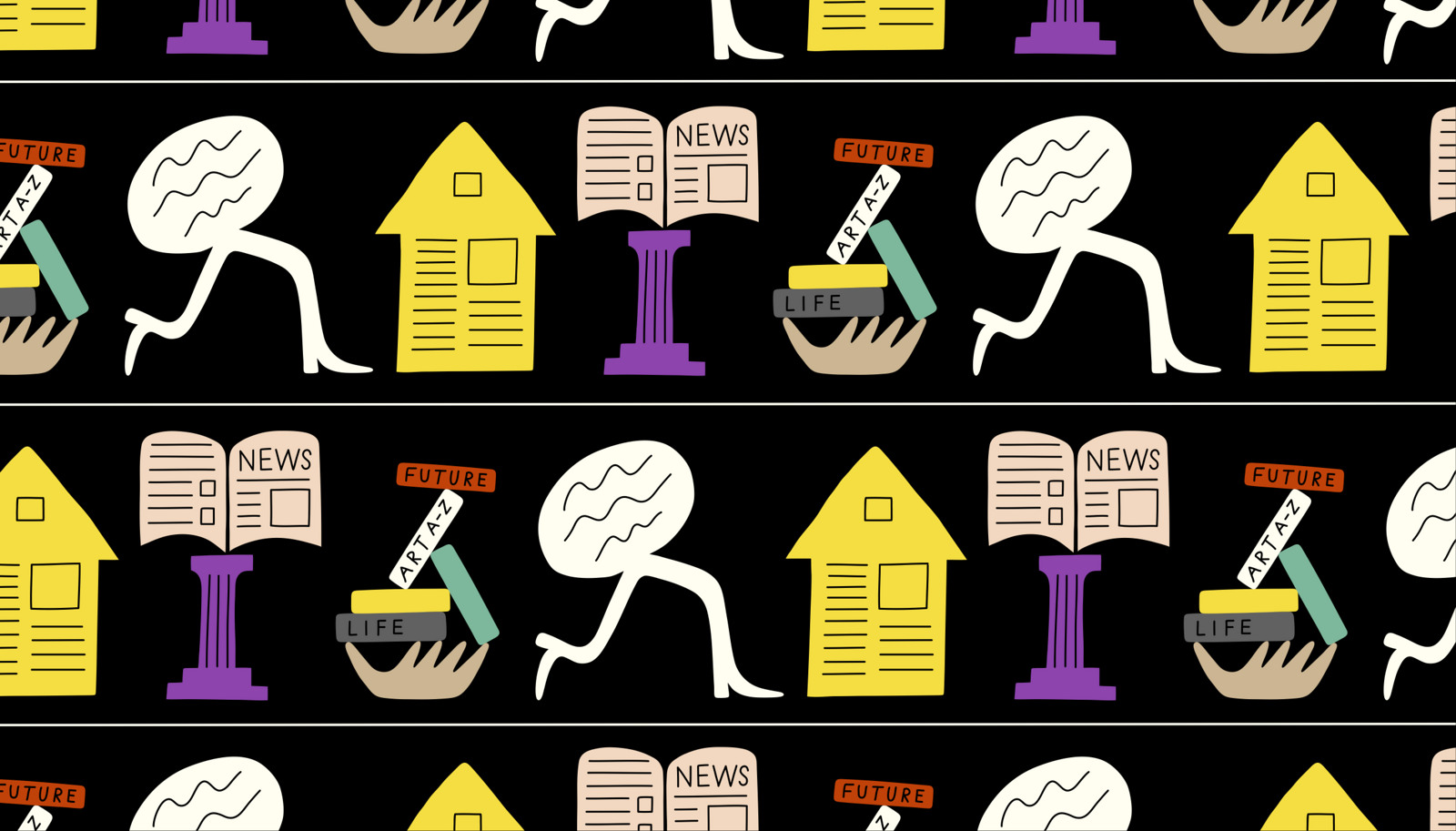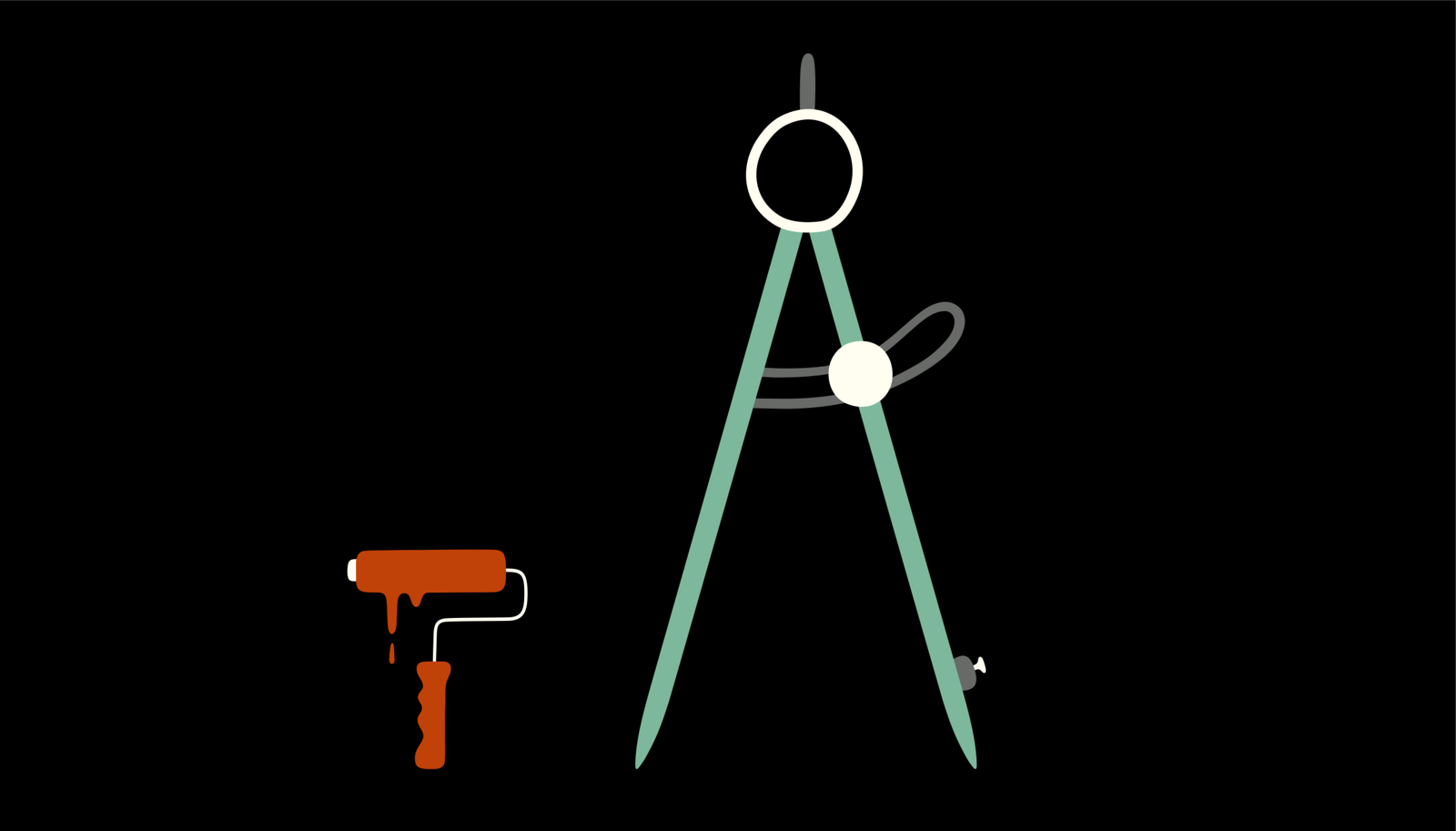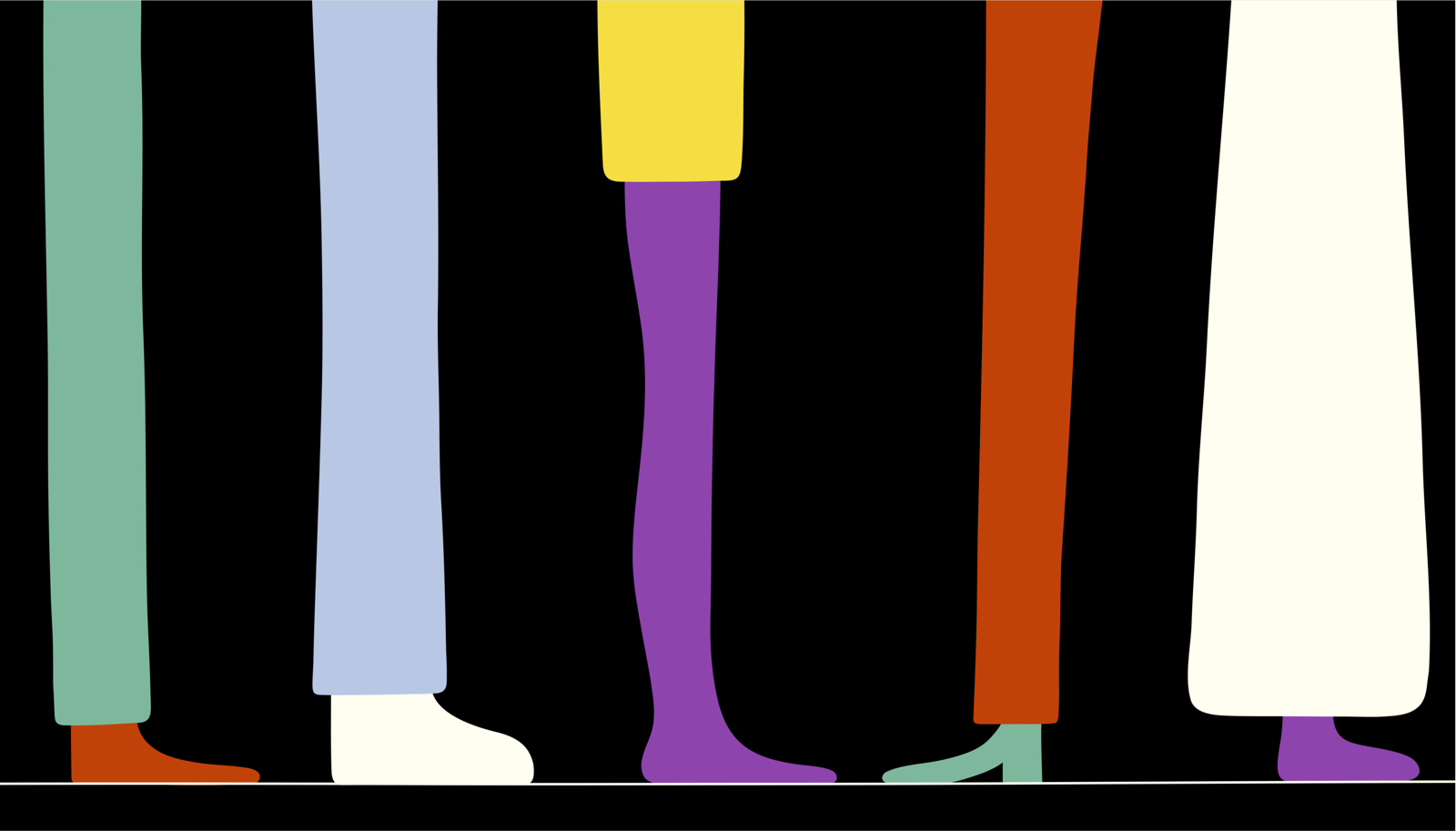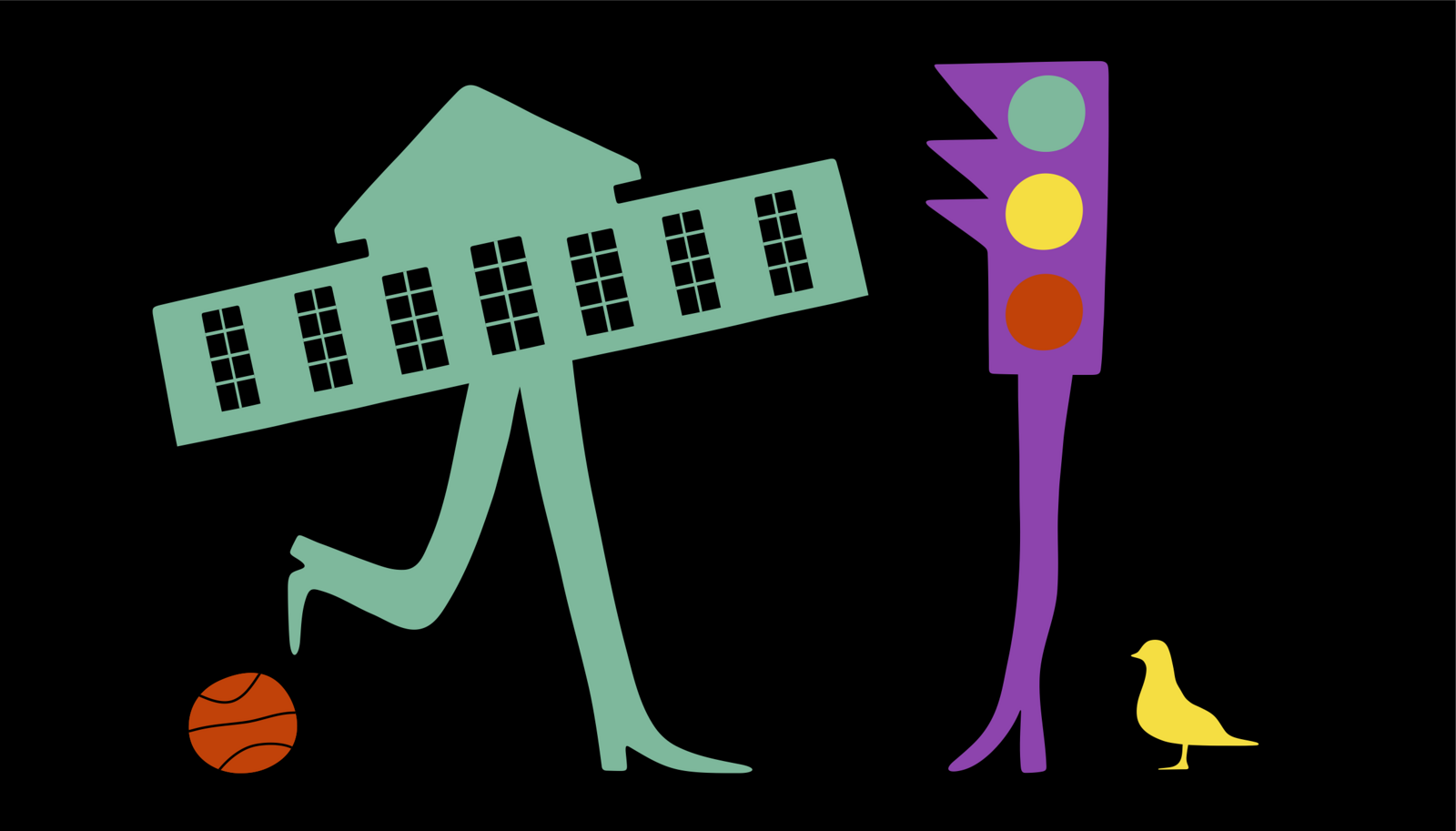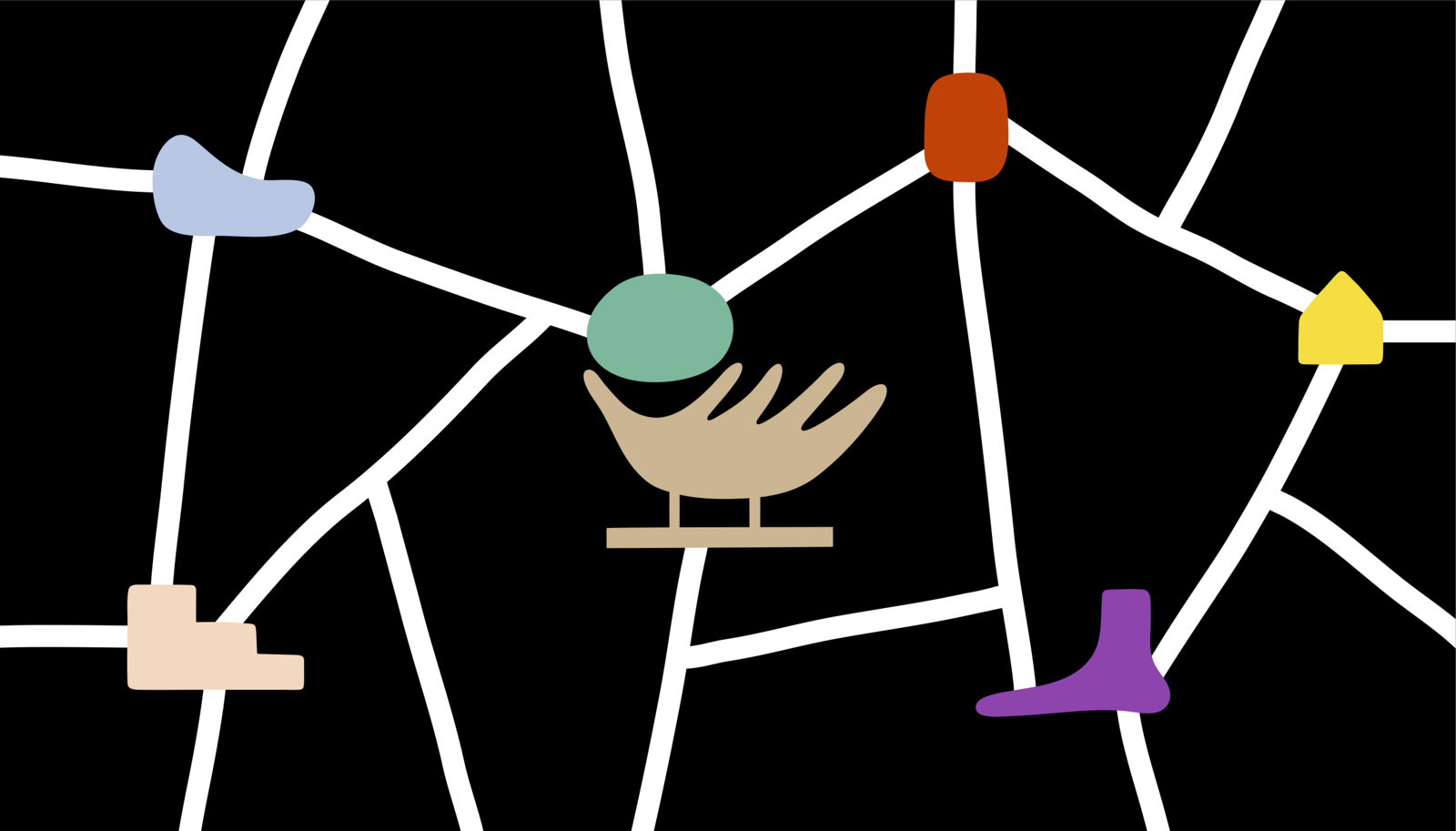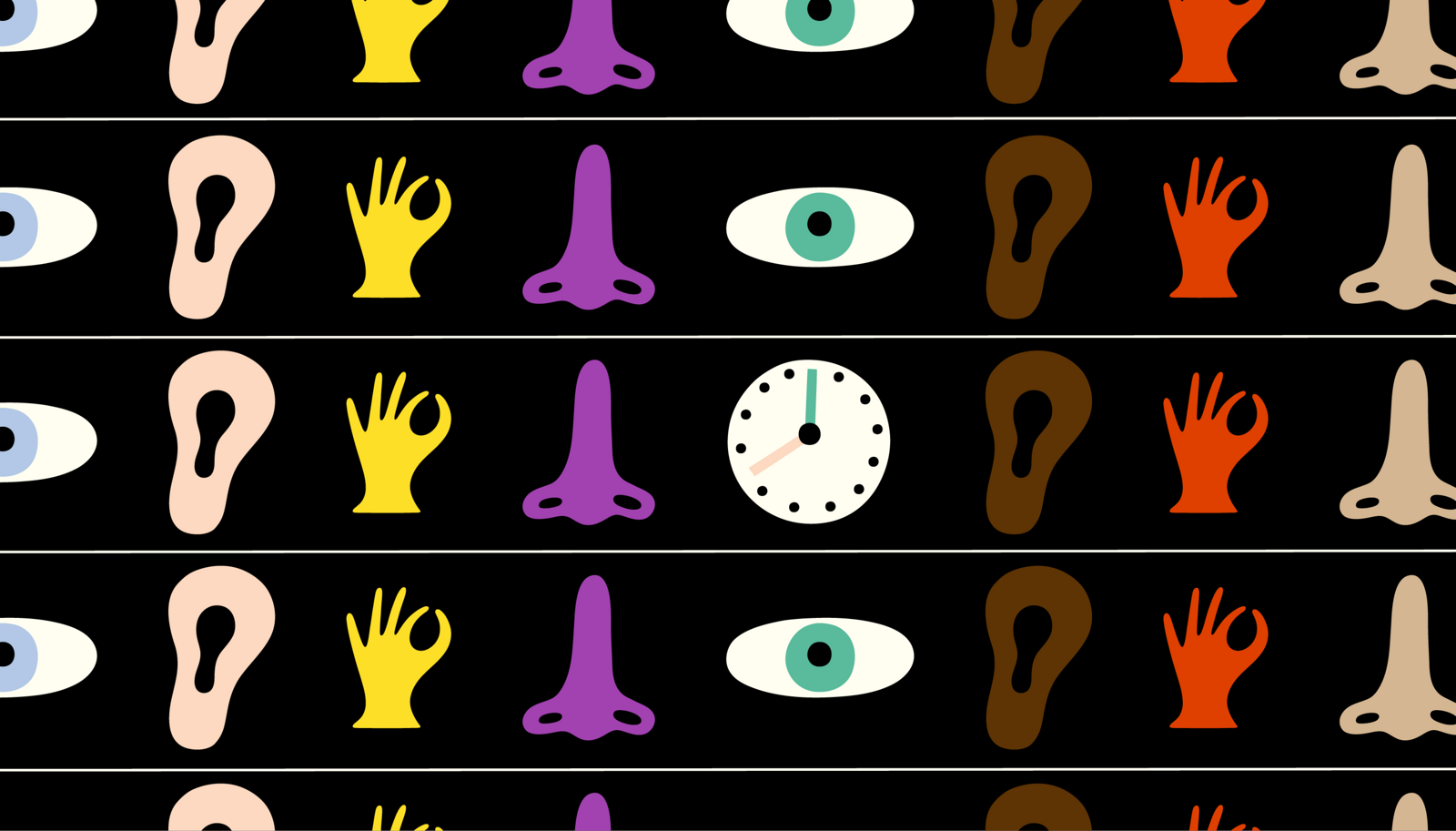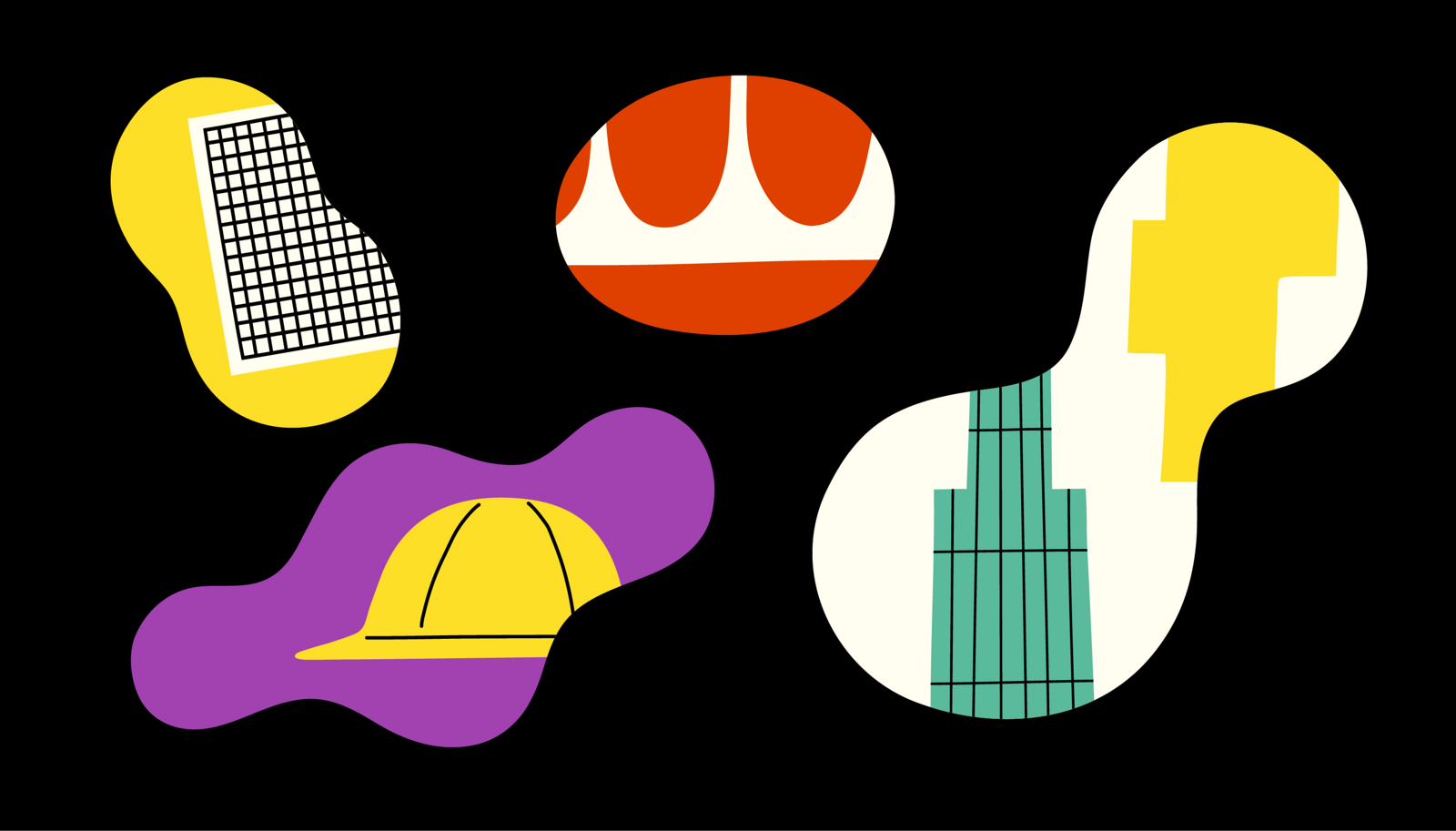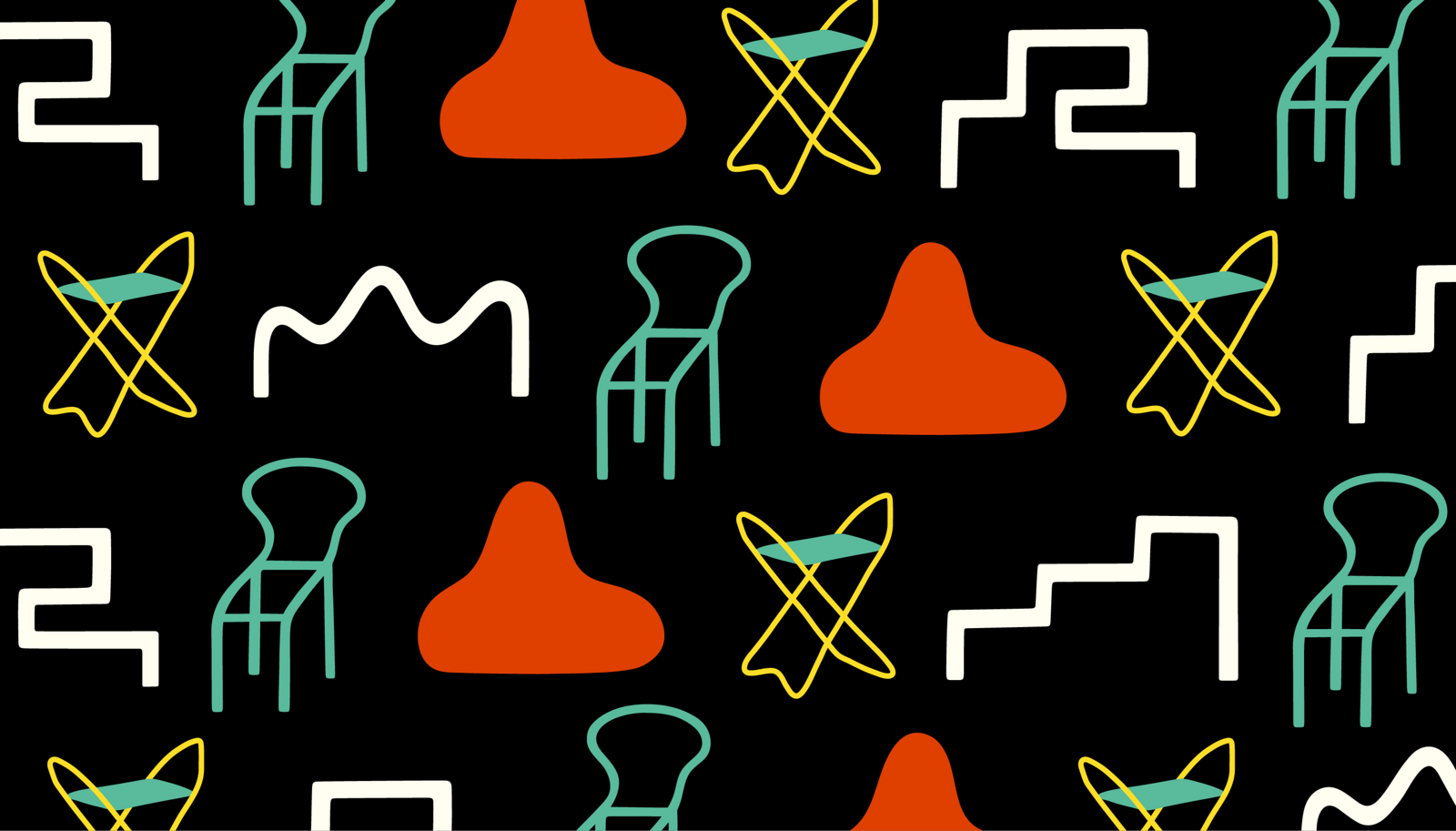A decade and some years ago, I was preoccupied with the question of laying out the fundamentals for a new institution, an institution for the present. Not one that obsequiously follows fossils of conditions long gone. As presumptuous as it sounds, one of my questions was to what extent an institution can manage without press releases, without public relations, and without, in short, mass communication, to address or “target” a general audience. Could, instead, the institution’s users and constituents welcome the institution to occupy some real estate in their heads, to claim agency not by being welcomed into the institution, but by welcoming the institution in? I did not desire a cult of institutionalized followers, but rather what one may call “loyal opposition,” in the way that Adrian Piper once alluded to in her relationship to MoMA. In the context of the 1970 Information exhibition, she remarked: “You show your commitment to and concern for the well-being of an institution by critiquing it and doing what you can to improve it.” This relationship with users and constituents cannot be predicated on soliciting approval, but on a dialogical relation. Trust takes years to build but only a minute to destroy, especially as users often are, and rightly so, more principled and less lenient.
One of the critical concepts that appeared, one that I may have read somewhere and appropriated into my deck of cards, was the “threshold.” People of institutions have different ideas about what that may mean. They confuse it, for example, with notions of opacity and transparency. One assumes that the threshold for entry is lower if the institution is as transparent as a glass wall or as fascinating as a shop facade. As if depressurizing spaces between the street and the “lobby”—to become as clear as cellophane—makes the transition “into” the institution far more amicable. Such is the long story of museum entrances. MoMA’s glass entrance from 1939 democratized access, bringing once noble ideals to eye level and making the experience of modernity feel physical. One may even claim that Mies Van der Rohe’s 1929 Barcelona Pavilion anticipates this turn, but the threshold into that performative event could not be more daunting.
It was only Willem Sandberg who understood the threshold when in 1954, at the Stedelijk Museum in Amsterdam, he not only opted for a glass door for his now-demolished “Sandberg Wing,” but also had a pedestrian scaffold built on the façade of the historic building, diverting foot traffic so that passers-by could peek into the first floor of the fortress. An entrance is not a threshold, just as much as your apartment door cannot guard you against the outside. Wired and wireless signals, airborne chemicals, and viruses penetrate it. These are things architecture cannot do or undo.
Threshold, I have learned the hard way, is not about accessibility, fluent information, charming socialization spaces, attentive staff, or guards who do not hound you. It is about the conditions of how the two parties—the institution and its audience—begin to trust each other. Not to consent, but to agree to a process of accepting each other as workable partners; not only in the institution’s programs but also in the veracity of the relationship. It is a fluid contract, not a once-and-done deal. It is also not merely about the “offer,” but how the institution acts upon the world, its demeanor, its decency, how it levels with a situation, and how it treats the user as wiser than itself. Absolute parrhesia cannot really be expected, but adopting, growing, and developing this relation into an institution’s output is a must. Otherwise, institutions are just shopping, doing good, and being timely: commoning in the Summer, queering in the Fall, and decolonizing in the Winter.
The pandemic blew the threshold open, at least to those who have access to stable and decent internet—a pesky intruder in the house, never listening to anything you need, just throwing content at you. Is this what I want to see, and why are you in my home? That, in effect, is a very wrong idea about the threshold—invasion by mediocrity; a one-way affair. But that is not what I am talking about, nor am I talking about sleazy tactics to make the institution look as if it is listening and cares, with cute inclusionism and workshops in lollipop making. The institution is not supposed to be a piece of cozy, pleasure-inducing machinery. The institution is neither your buddy, nor are you supposed to marvel at how it does a pirouette. Can you trust that it can make a coherent argument that may touch your life and lead you to see things otherwise? That it will engage you in a difficult conversation, but does not claim to have all the answers? That it is not afraid of conflicting statements? That its practice reflects what it communicates?
Hence is the threshold. Of course, it is easier to be in wedlock with the legacy of the industrial fair, in infinitely worthless spaces of acclimatization and depressurizing, and engage in professional fictions. The Turbine Hall’s success was, in effect, our failure. The museion storyline may be preferable, but either way, the threshold is not the Tardis. You can always go through the motions, see something out of habit. But judge for yourself when the museum is worthy of the threshold; if it honors or betrays that trust; if it’s willing to be rectified or cataloged away as a place to visit now and then. Brecht could not have been more succinct. “All mankind should love each other / But bring an axe when you talk to your brother.”
Solicited: Proposals is a project initiated by ArkDes and e-flux Architecture.

